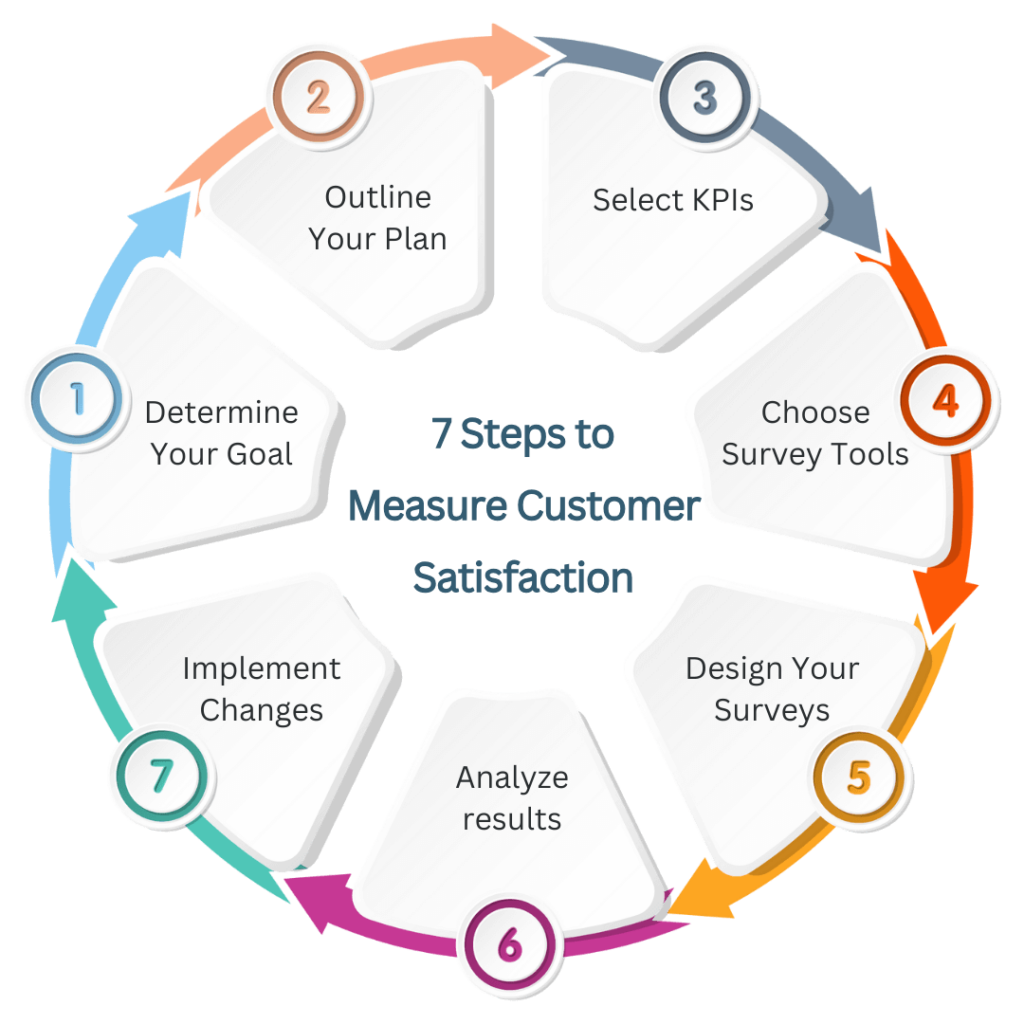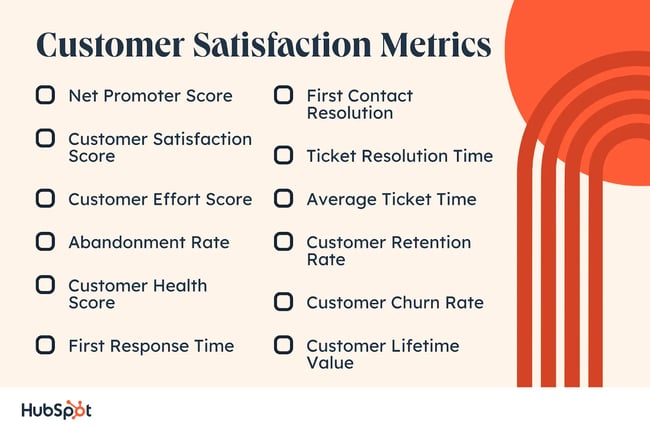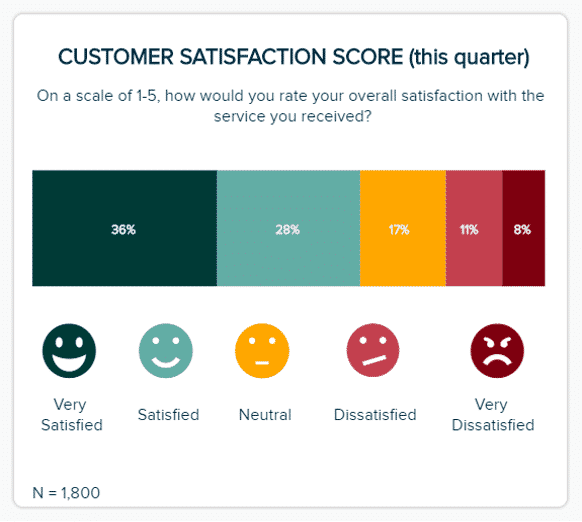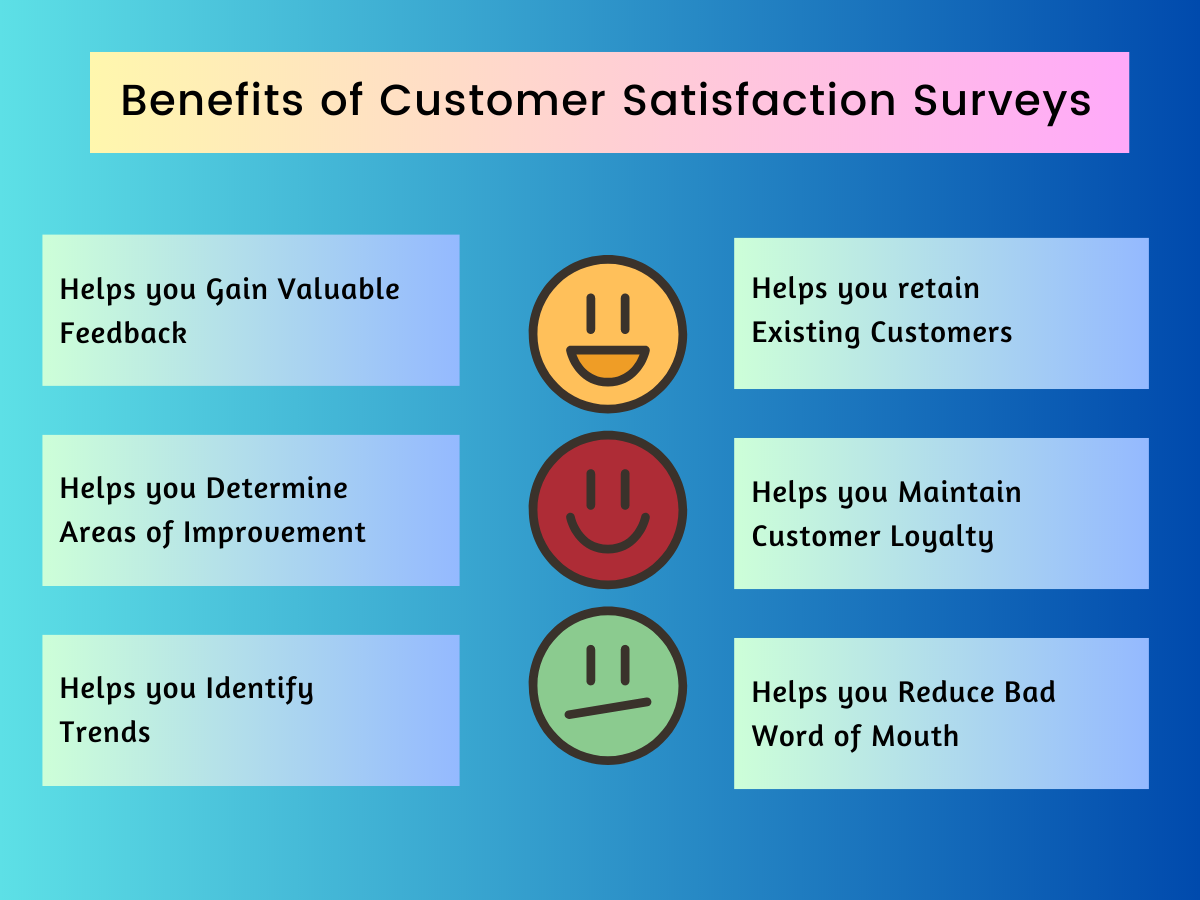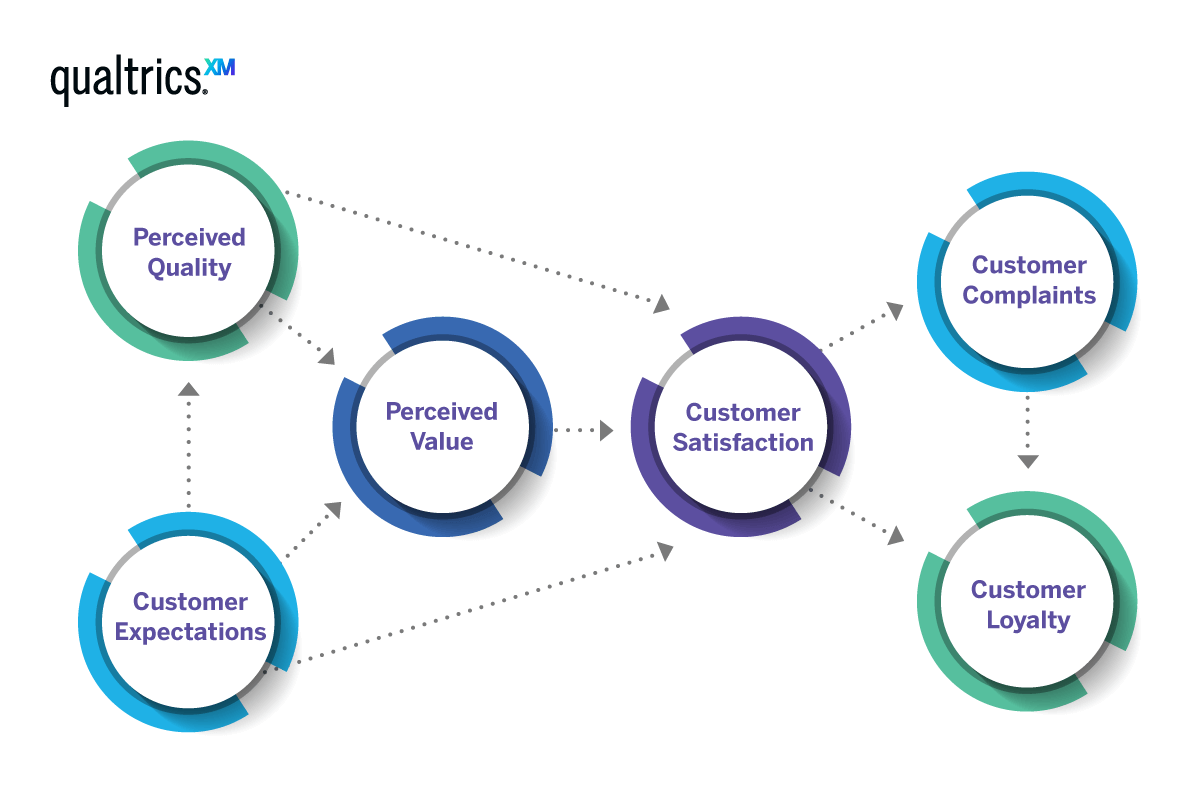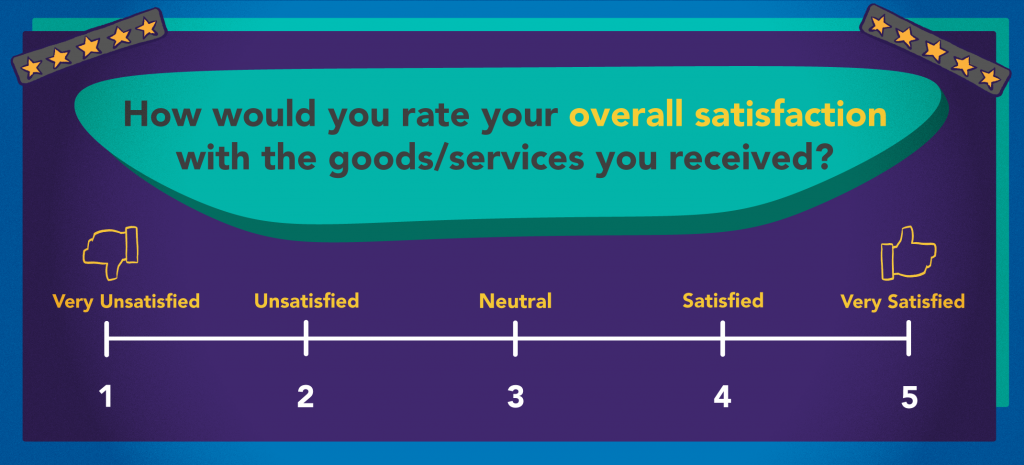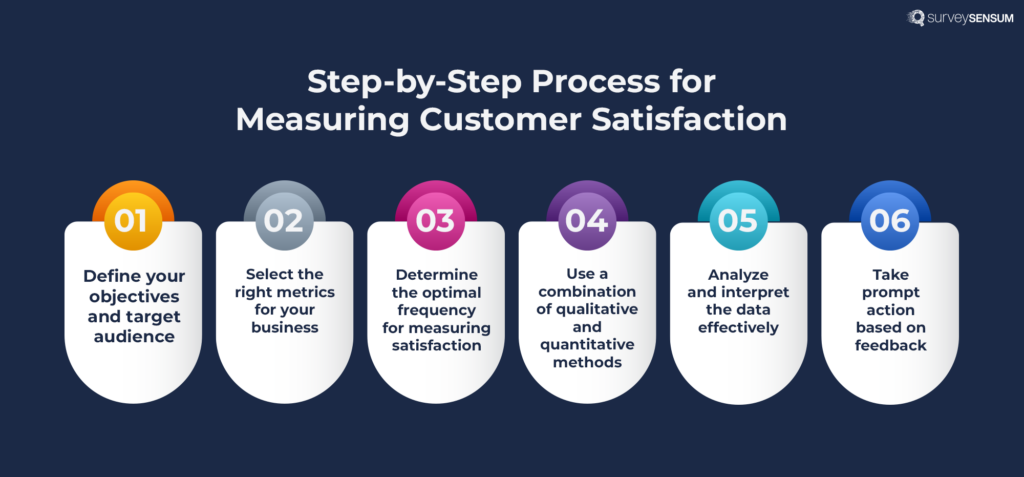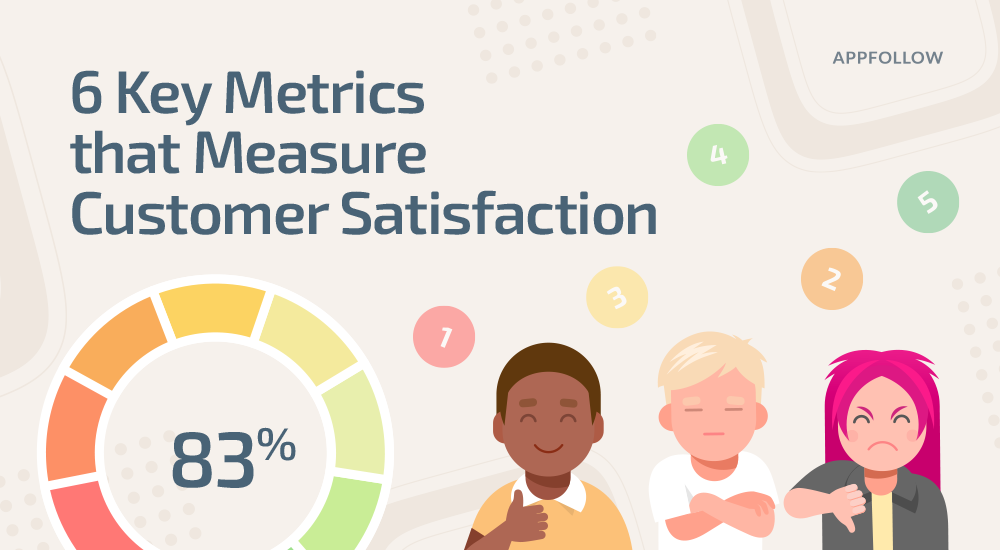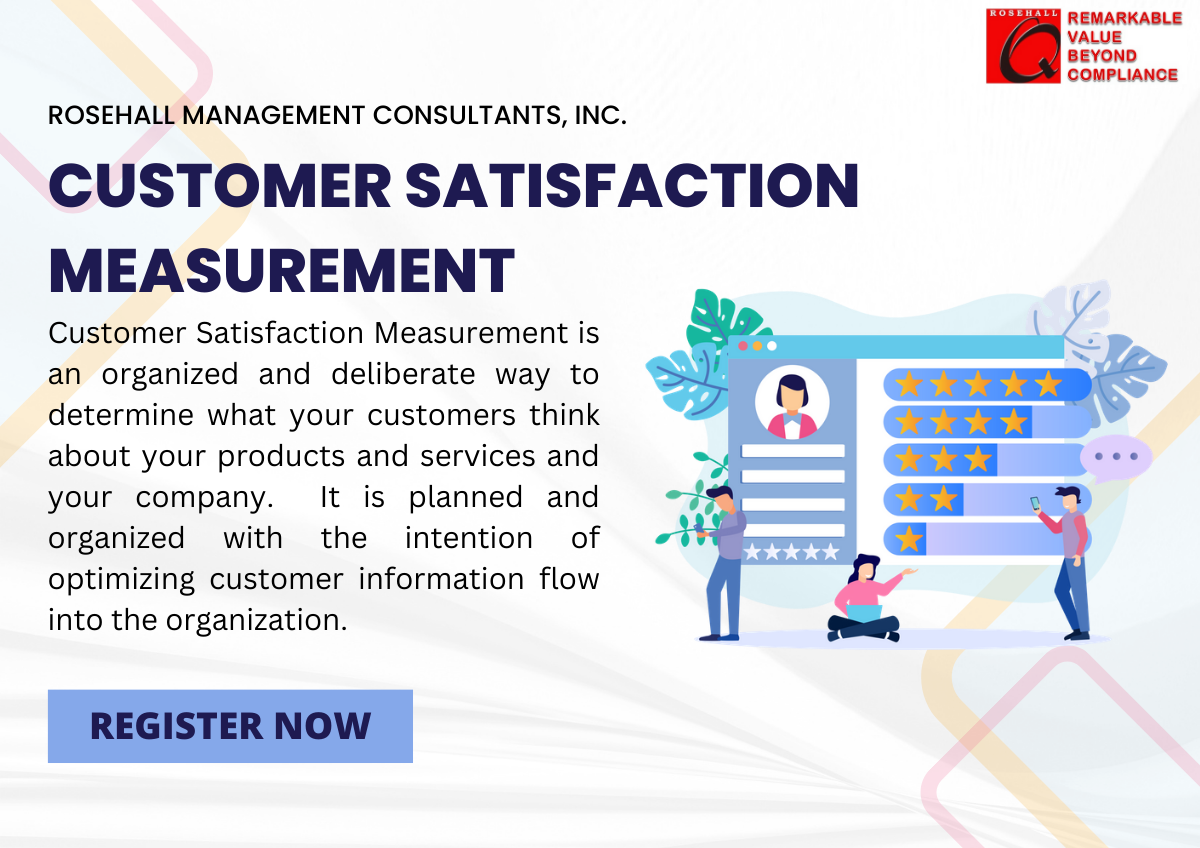Customer Satisfaction Is Typically Measured Through Which Of The Following

In today's hyper-competitive market, businesses are increasingly focused on understanding and improving customer satisfaction. But how do companies actually gauge whether their customers are happy?
The answer lies in a variety of measurement tools and techniques, ranging from simple surveys to complex data analysis. These methods provide valuable insights into customer perceptions, allowing businesses to identify areas for improvement and cultivate stronger customer relationships.
Key Metrics for Measuring Customer Satisfaction
Customer satisfaction isn't a single, monolithic concept. Instead, it's a multi-faceted construct that requires a range of measurement approaches. Let's examine the most common metrics used by companies today.
Customer Satisfaction (CSAT) Scores
CSAT scores are one of the most straightforward ways to measure customer satisfaction. They typically involve asking customers a direct question, such as "How satisfied are you with your recent experience?"
Respondents then select an answer from a predetermined scale, usually ranging from "Very Unsatisfied" to "Very Satisfied." The results are then aggregated to produce an overall CSAT score, often expressed as a percentage.
Net Promoter Score (NPS)
The Net Promoter Score (NPS) measures customer loyalty and willingness to recommend a company or product to others. Customers are asked: "On a scale of 0 to 10, how likely are you to recommend our company/product/service to a friend or colleague?"
Based on their responses, customers are categorized as Promoters (9-10), Passives (7-8), or Detractors (0-6). The NPS is calculated by subtracting the percentage of Detractors from the percentage of Promoters.
Customer Effort Score (CES)
Customer Effort Score (CES) focuses on the ease with which customers can resolve issues or achieve their goals. It measures the amount of effort a customer had to expend to interact with a company.
Customers are typically asked a question like, "How much effort did you personally have to put forth to handle your request?" on a scale from "Very Low Effort" to "Very High Effort." A lower CES indicates a smoother, more satisfying customer experience.
Surveys and Questionnaires
Surveys and questionnaires are a versatile method for gathering detailed customer feedback. They can be tailored to address specific aspects of the customer experience, such as product quality, service responsiveness, or website usability.
Surveys can include a mix of multiple-choice, rating scale, and open-ended questions. Open-ended questions, in particular, can provide valuable qualitative insights into customer thoughts and feelings.
Social Media Monitoring
Social media monitoring involves tracking and analyzing customer mentions, comments, and reviews on social media platforms. This can provide a real-time view of customer sentiment and identify emerging issues or trends.
Tools are available to automatically analyze social media data and categorize customer feedback as positive, negative, or neutral. This allows companies to quickly respond to customer concerns and address negative feedback publicly or privately.
Online Reviews
Online reviews on platforms like Yelp, Google Reviews, and TripAdvisor are a significant source of customer feedback. These reviews can influence potential customers' purchasing decisions and provide valuable insights for businesses.
Monitoring online reviews allows companies to understand what customers are saying about their products, services, and overall experience. Responding to reviews, both positive and negative, demonstrates a commitment to customer satisfaction.
Customer Churn Rate
While not a direct measure of satisfaction, customer churn rate (the rate at which customers stop doing business with a company) can be a strong indicator of dissatisfaction. A high churn rate suggests that customers are not finding value in the company's offerings.
By analyzing the reasons behind customer churn, companies can identify specific areas for improvement and implement strategies to retain customers. For instance, a sudden spike in churn might indicate a problem with a recent product update or service change.
The Importance of Acting on Customer Feedback
Measuring customer satisfaction is only the first step. The real value comes from analyzing the data, identifying key areas for improvement, and implementing changes to address customer concerns.
Companies that actively listen to and act on customer feedback are more likely to build strong customer relationships, increase customer loyalty, and ultimately achieve greater business success. Ignoring customer feedback, on the other hand, can lead to dissatisfaction, churn, and damage to a company's reputation. Customer feedback is a gift; unwrap it wisely!
In conclusion, a comprehensive approach to measuring customer satisfaction involves utilizing a combination of quantitative and qualitative methods. By tracking key metrics and actively listening to customer feedback, businesses can gain a deeper understanding of their customers' needs and expectations, leading to improved products, services, and overall customer experiences.




